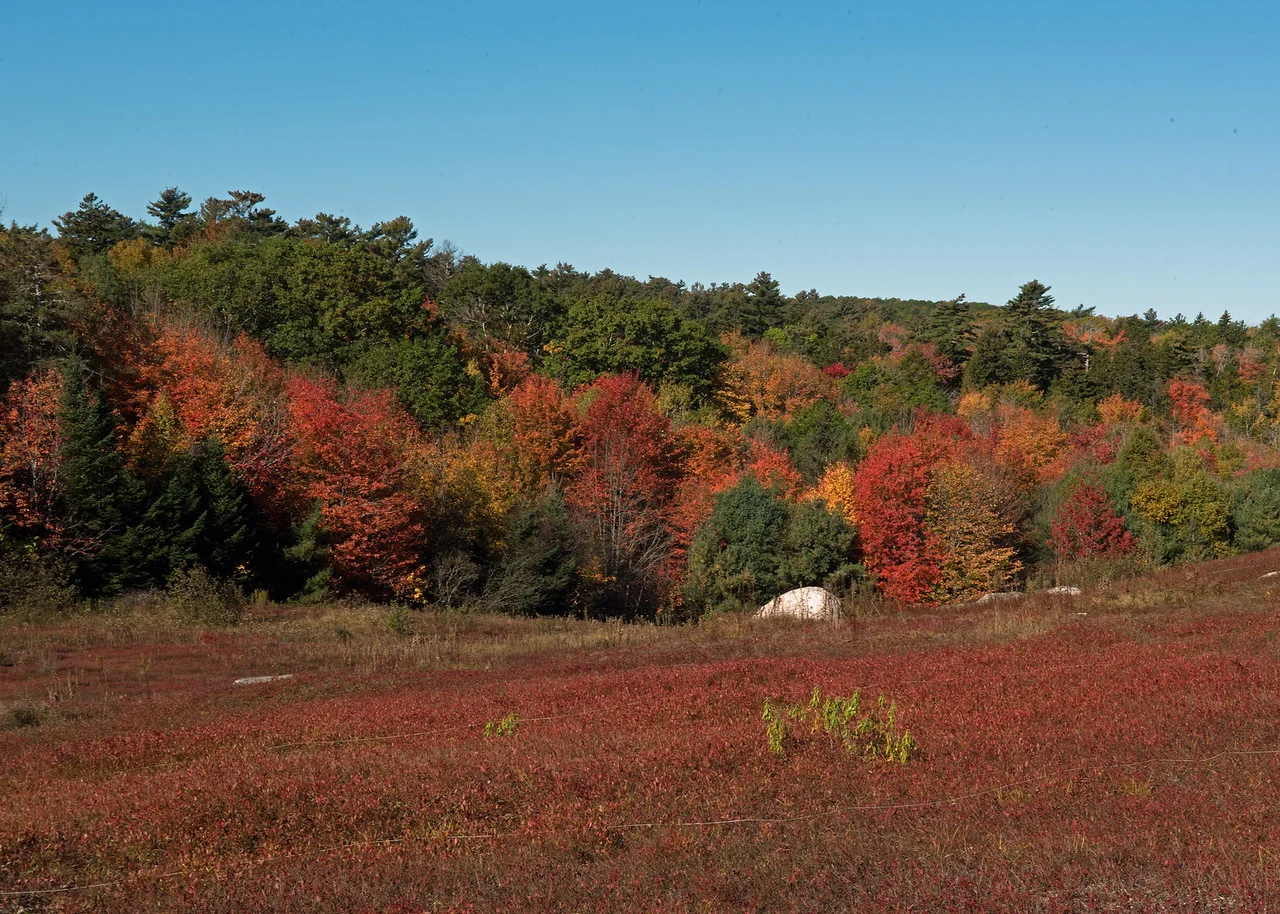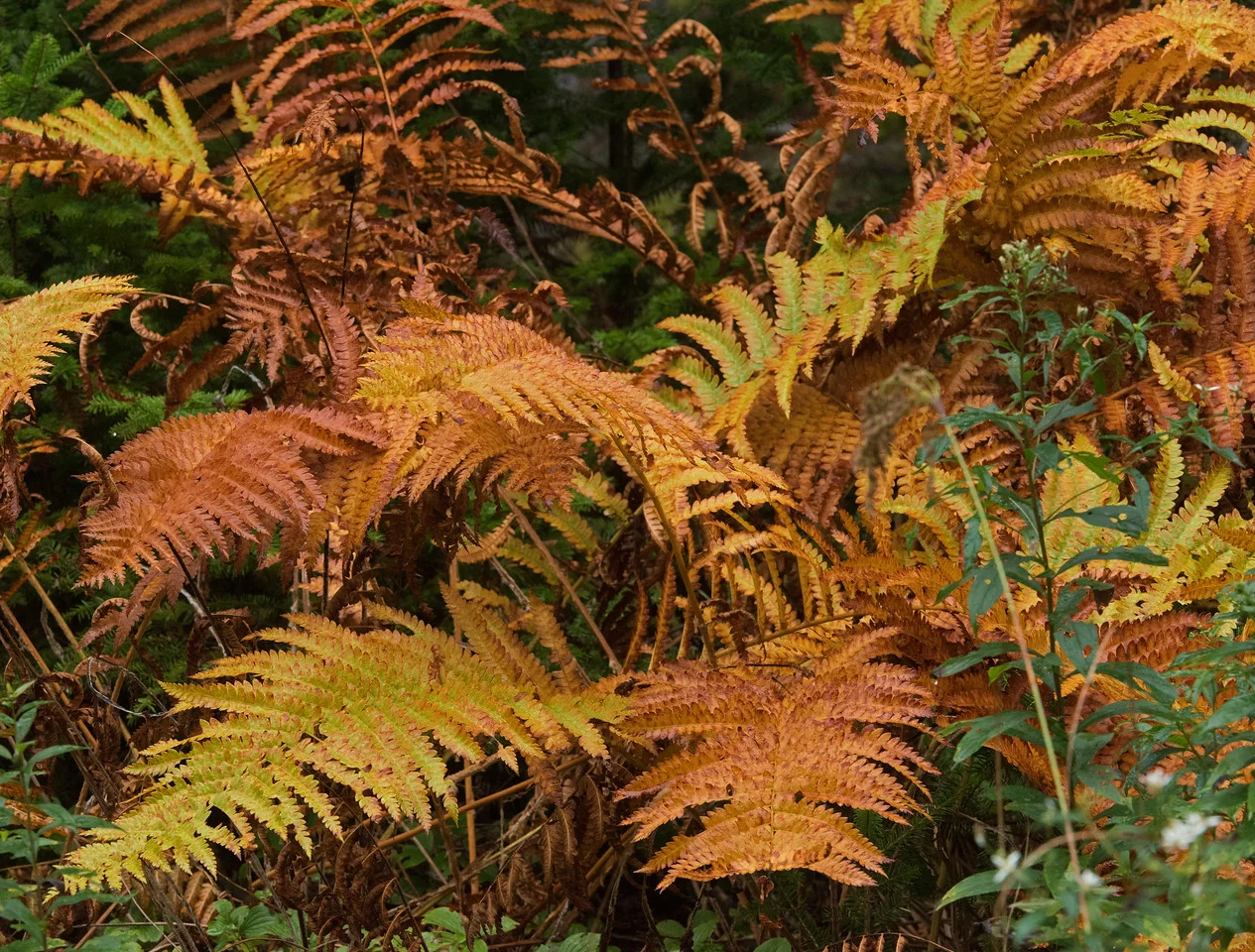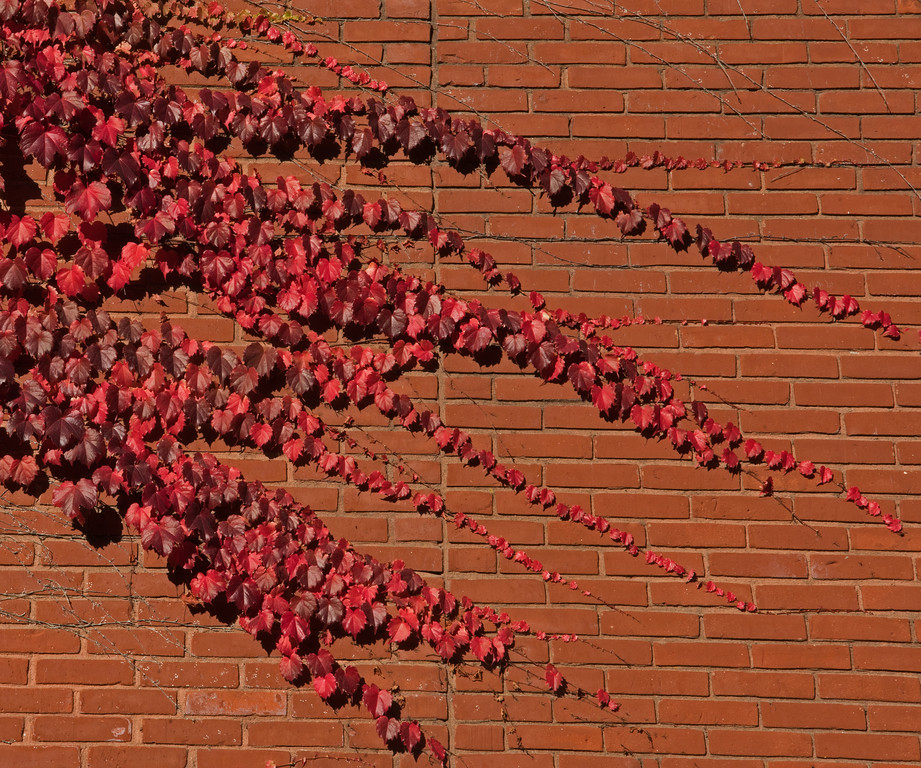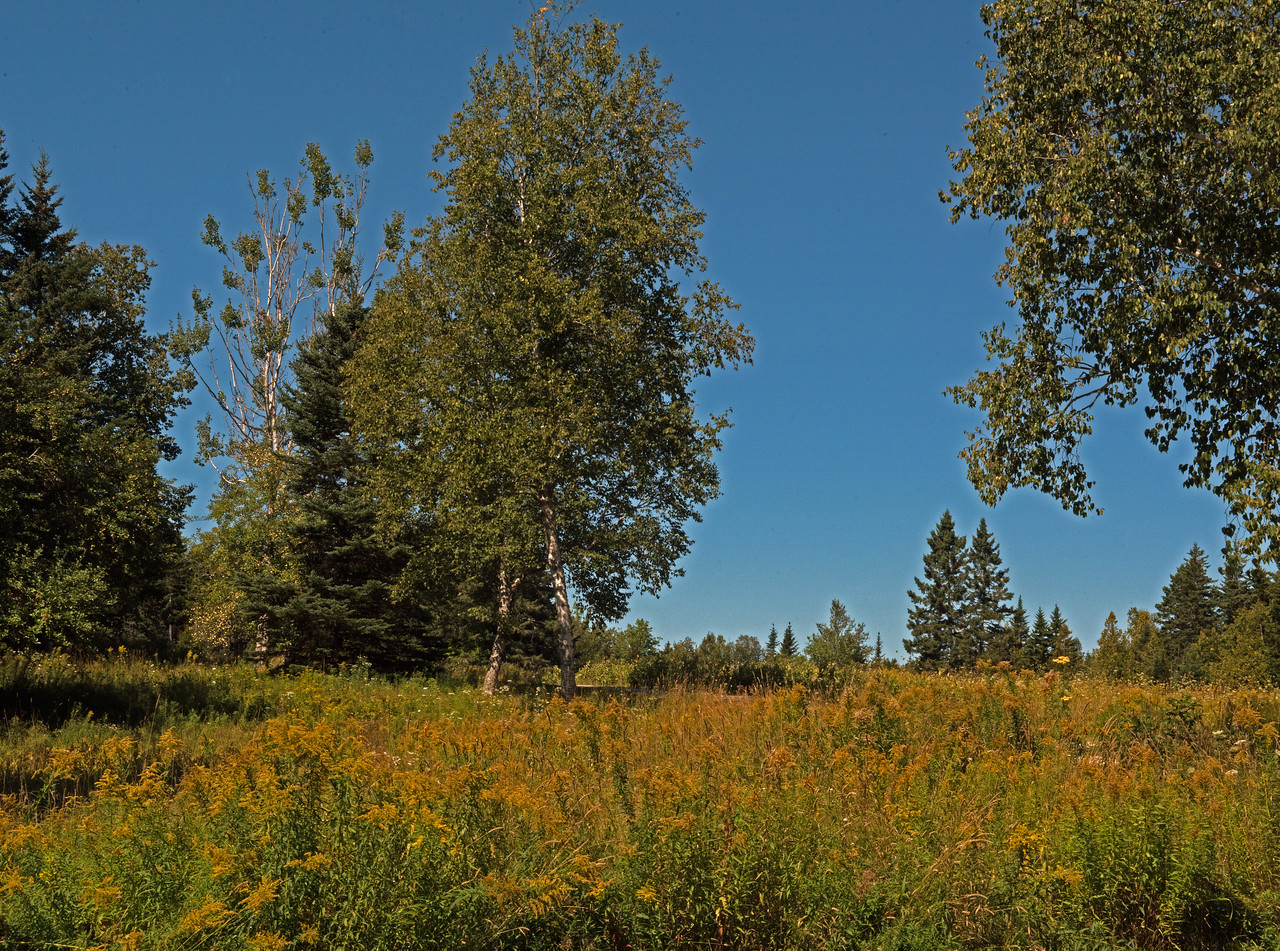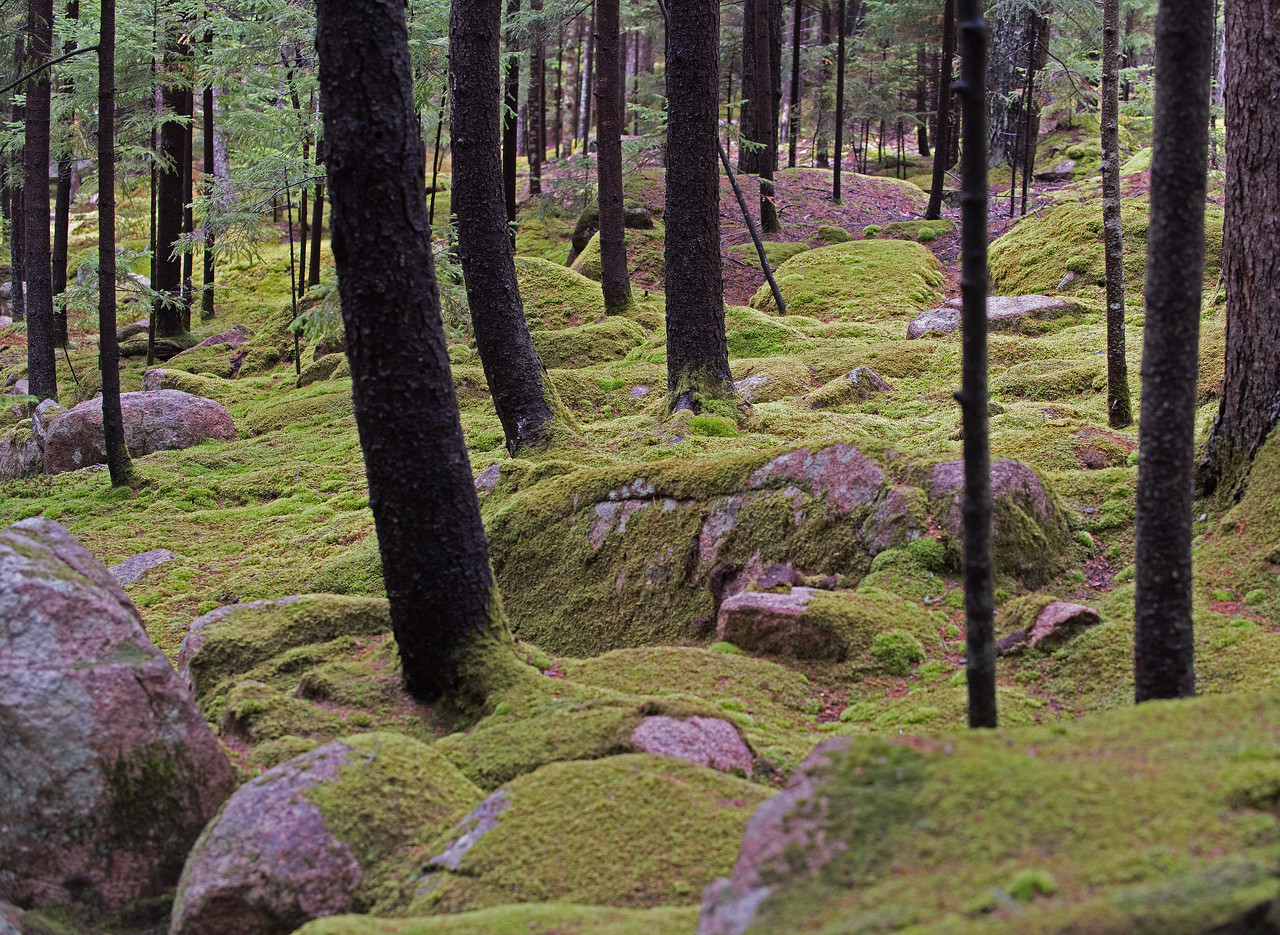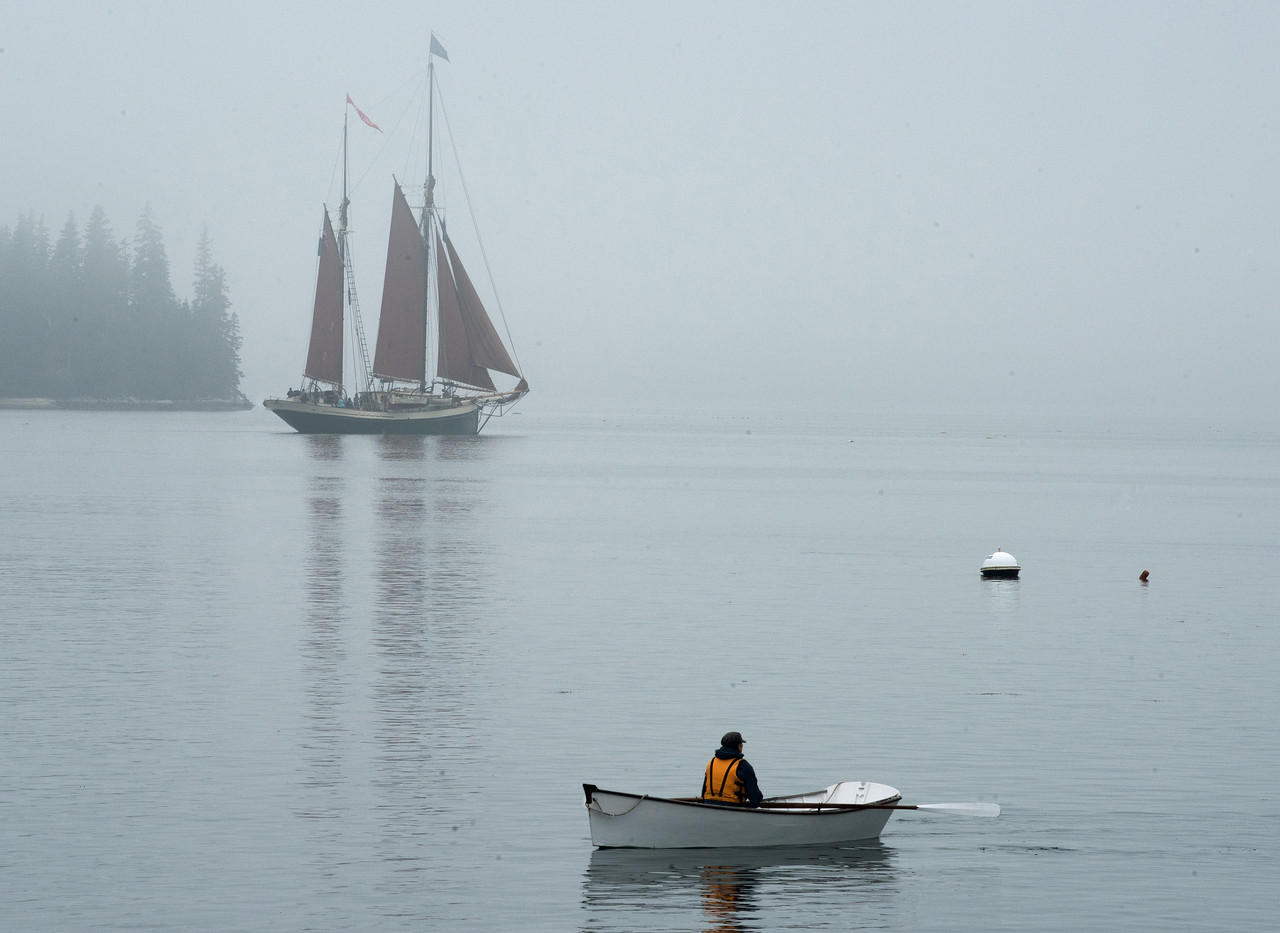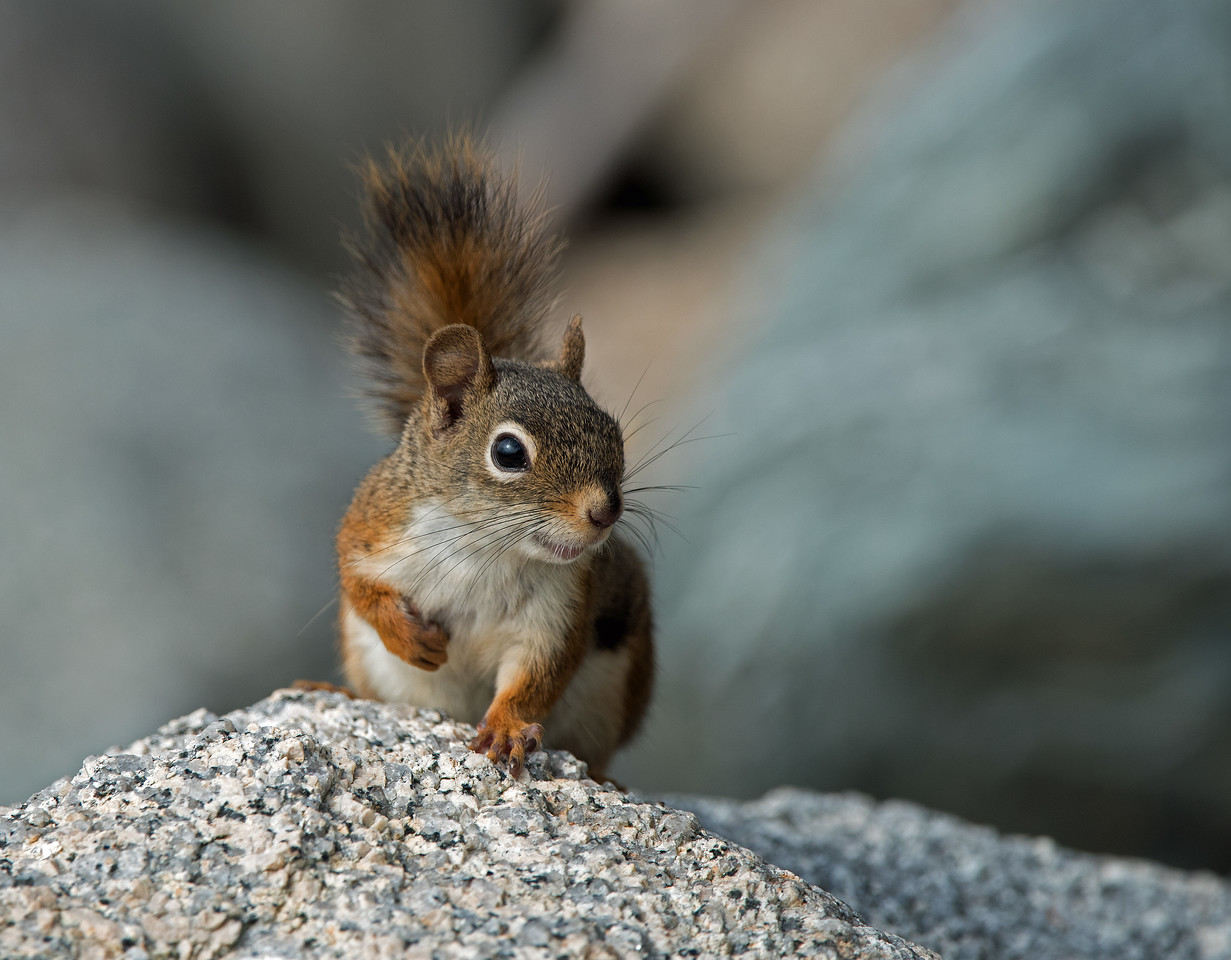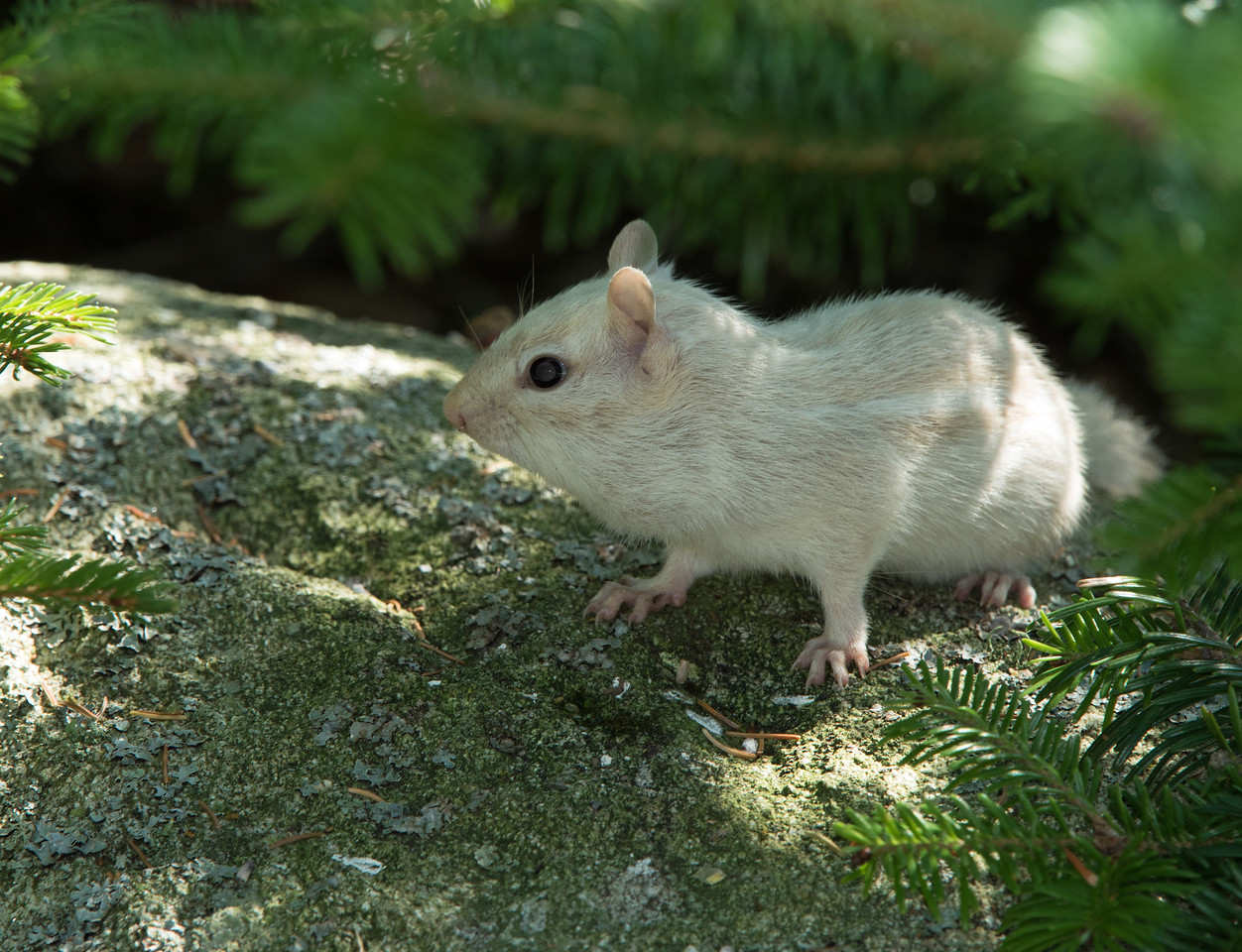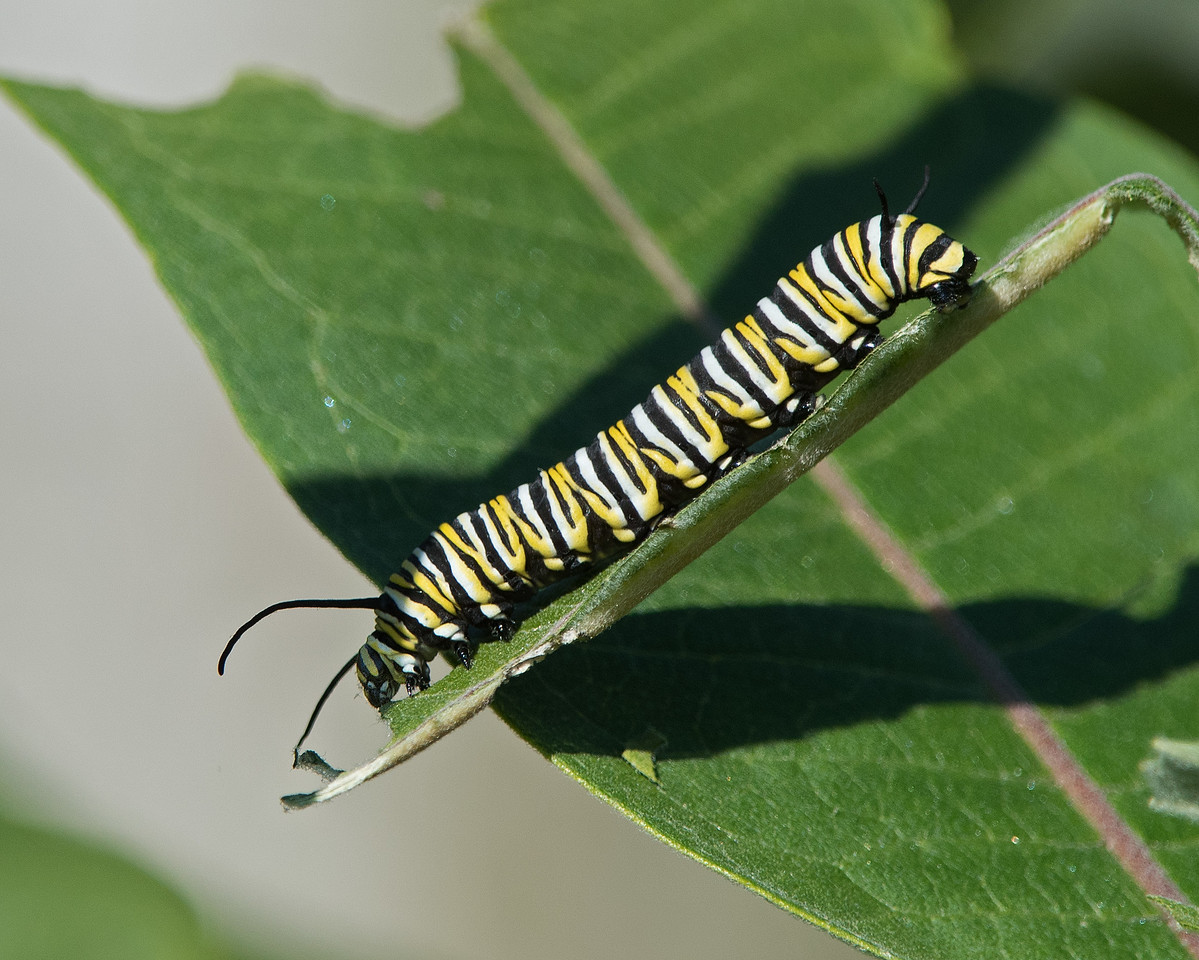There was less color around here this October than in other recent years. The reds of the wild blueberry fields and the colors of most trees and bushes at their peak seemed to be spotty and subtle, more pastel-like.
Perhaps this was because we have had no real cold snaps yet this Fall. We’ve also had less rain to keep the leaves soft. Many leaves dried before they could turn and then they fell victim to the October winds.
Grasses and ferns held there own and added character to foggy and cloudy days.
We may have been spoiled by prior stellar Fall showings, but (as you can see) we have no reason to feel sorry for ourselves.
We should not end without mentioning the special kind of trees that become colorful in the Fall around here: Mooring Gear Trees.
For larger versions of the above images, as well as additional images of Fall color, click on the link below. (We recommend that your initial viewing be in full-screen mode, which can be achieved by clicking on the Slideshow [>] icon above the featured image in the gallery to which the link will take you.) Here’s the link for more:
https://leightons.smugmug.com/US-States/Maine/Out/2017-in-Maine/Fall-Colors/
(Brooklin, Maine)


